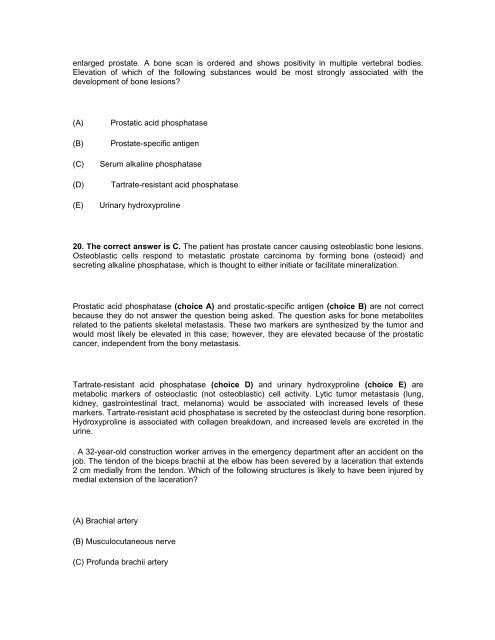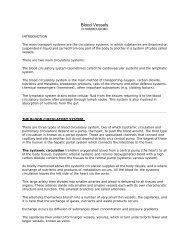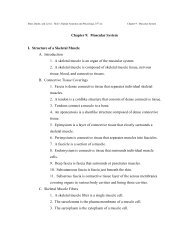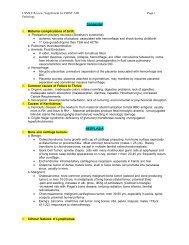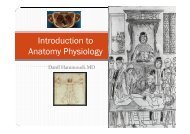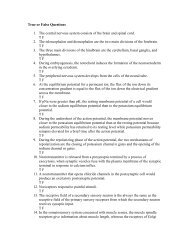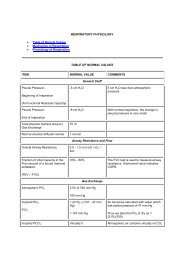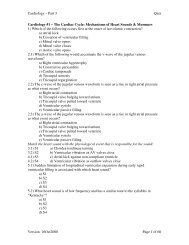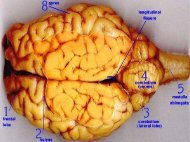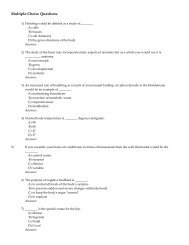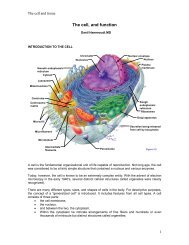L:\usmle review 7 - Sinoe medical homepage.
L:\usmle review 7 - Sinoe medical homepage.
L:\usmle review 7 - Sinoe medical homepage.
Create successful ePaper yourself
Turn your PDF publications into a flip-book with our unique Google optimized e-Paper software.
enlarged prostate. A bone scan is ordered and shows positivity in multiple vertebral bodies.<br />
Elevation of which of the following substances would be most strongly associated with the<br />
development of bone lesions<br />
(A)<br />
(B)<br />
(C)<br />
(D)<br />
(E)<br />
Prostatic acid phosphatase<br />
Prostate-specific antigen<br />
Serum alkaline phosphatase<br />
Tartrate-resistant acid phosphatase<br />
Urinary hydroxyproline<br />
20. The correct answer is C. The patient has prostate cancer causing osteoblastic bone lesions.<br />
Osteoblastic cells respond to metastatic prostate carcinoma by forming bone (osteoid) and<br />
secreting alkaline phosphatase, which is thought to either initiate or facilitate mineralization.<br />
Prostatic acid phosphatase (choice A) and prostatic-specific antigen (choice B) are not correct<br />
because they do not answer the question being asked. The question asks for bone metabolites<br />
related to the patients skeletal metastasis. These two markers are synthesized by the tumor and<br />
would most likely be elevated in this case; however, they are elevated because of the prostatic<br />
cancer, independent from the bony metastasis.<br />
Tartrate-resistant acid phosphatase (choice D) and urinary hydroxyproline (choice E) are<br />
metabolic markers of osteoclastic (not osteoblastic) cell activity. Lytic tumor metastasis (lung,<br />
kidney, gastrointestinal tract, melanoma) would be associated with increased levels of these<br />
markers. Tartrate-resistant acid phosphatase is secreted by the osteoclast during bone resorption.<br />
Hydroxyproline is associated with collagen breakdown, and increased levels are excreted in the<br />
urine.<br />
. A 32-year-old construction worker arrives in the emergency department after an accident on the<br />
job. The tendon of the biceps brachii at the elbow has been severed by a laceration that extends<br />
2 cm medially from the tendon. Which of the following structures is likely to have been injured by<br />
medial extension of the laceration<br />
(A) Brachial artery<br />
(B) Musculocutaneous nerve<br />
(C) Profunda brachii artery


